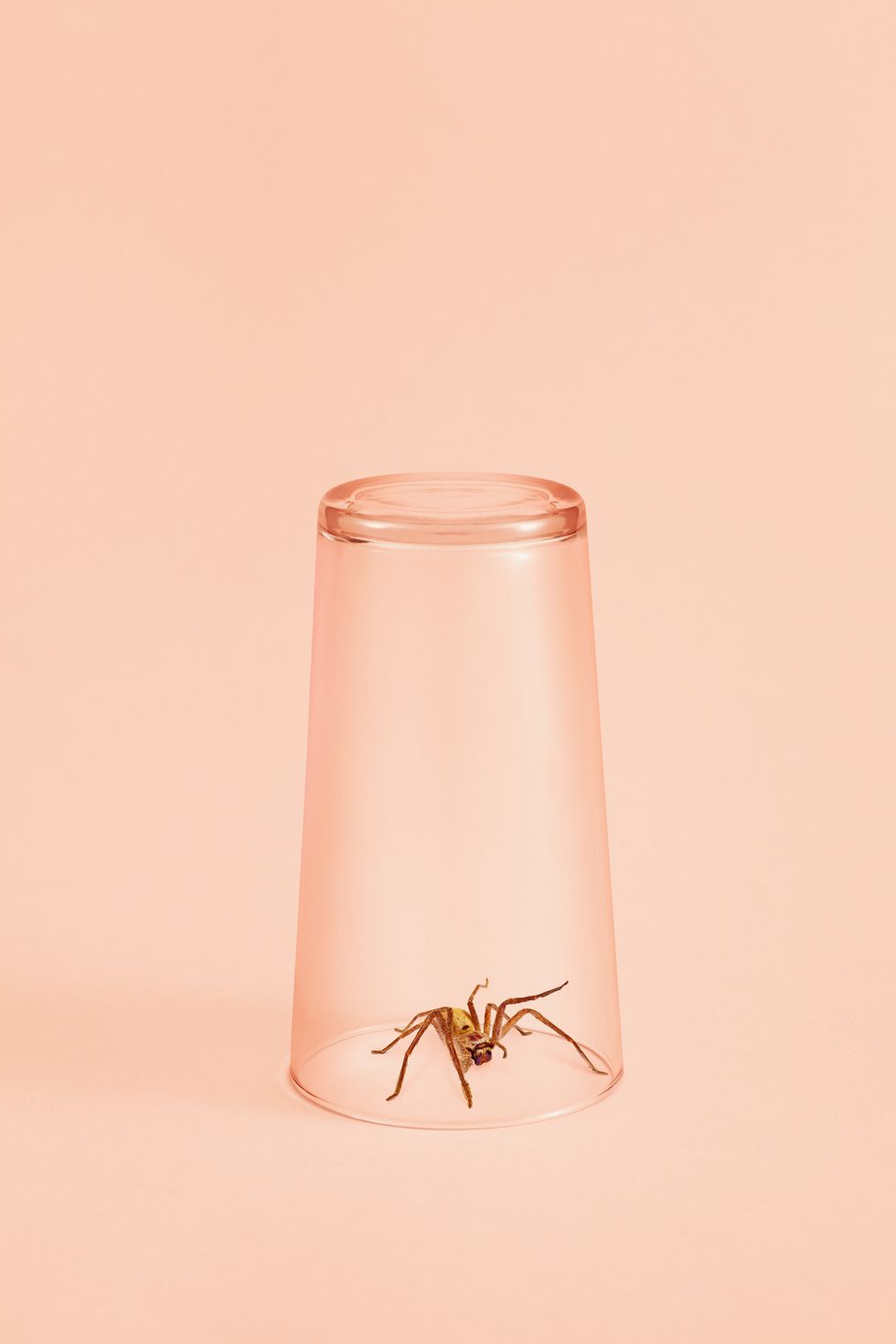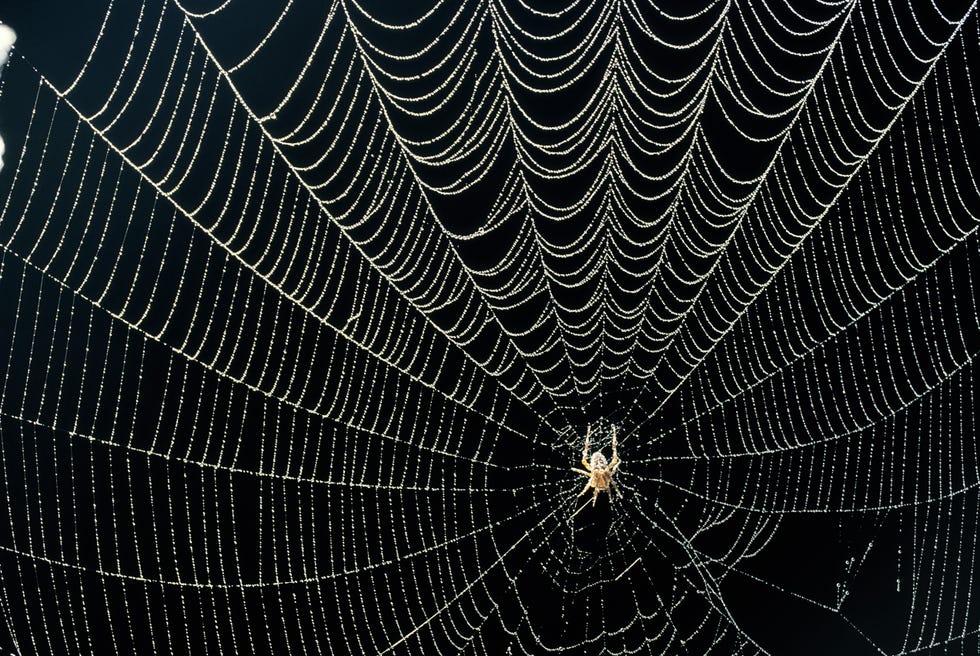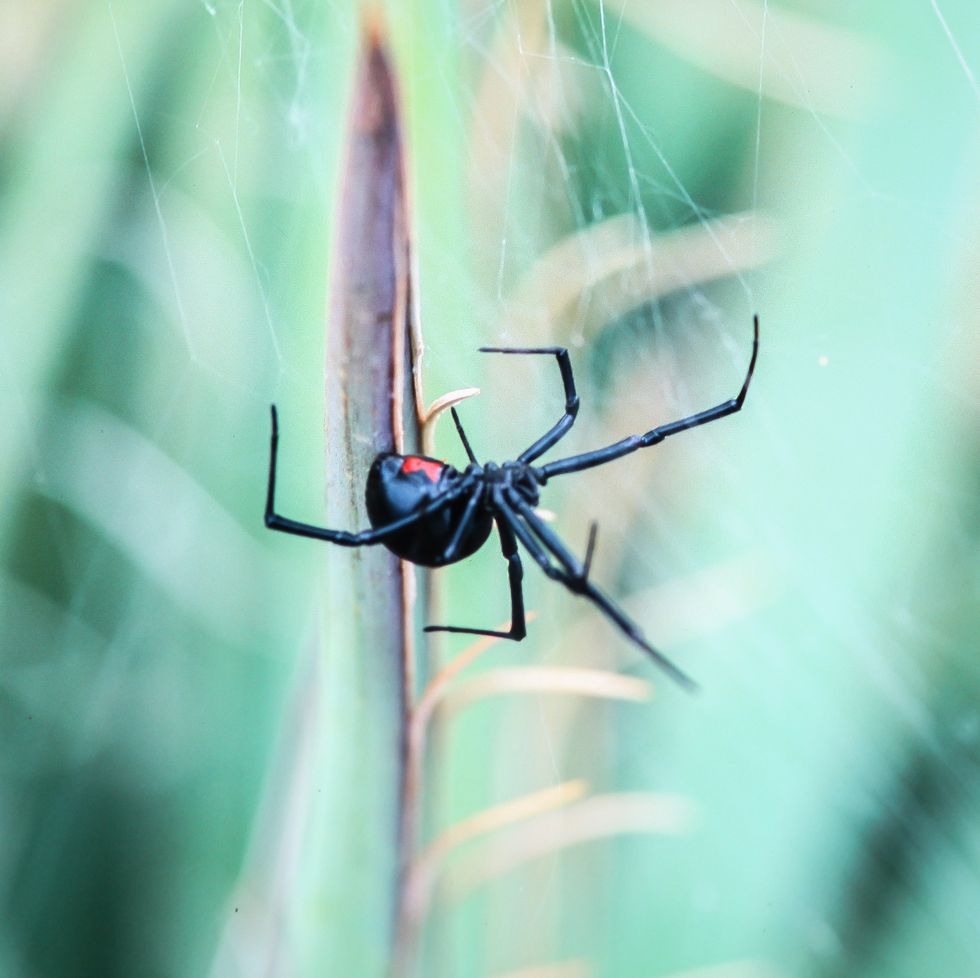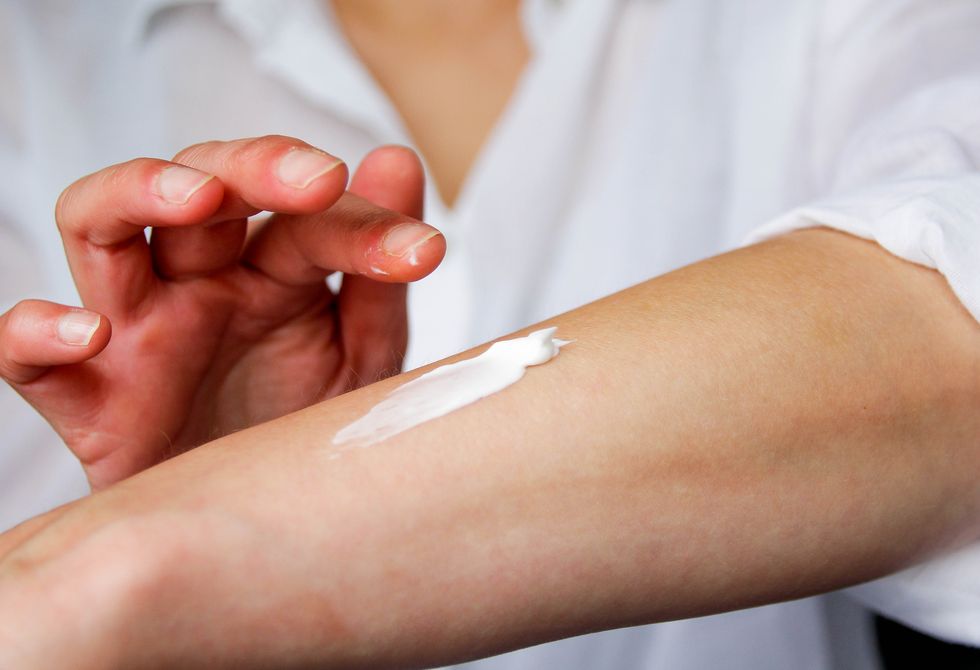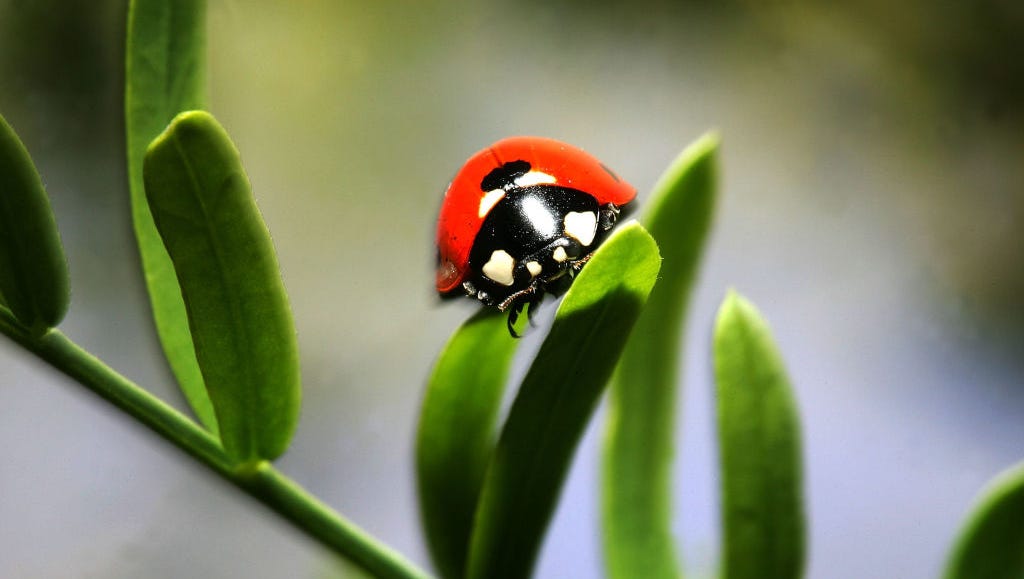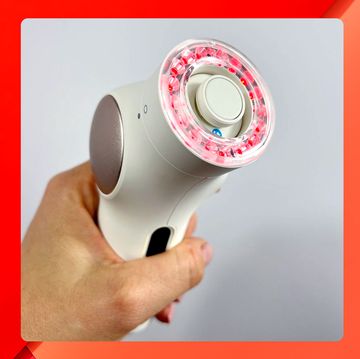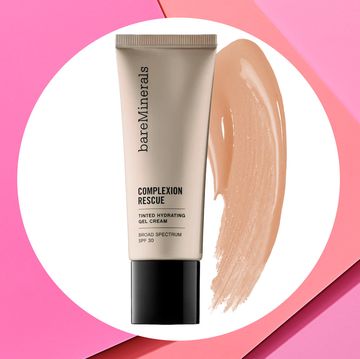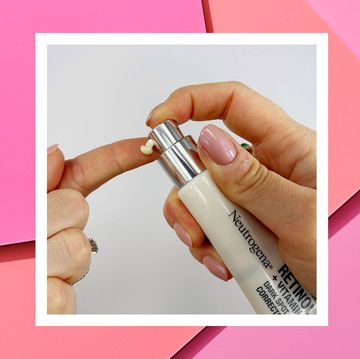What Does A Spider Bite Look Like? These Photos Can Help You Identify Different Types
Most are harmless, FYI.
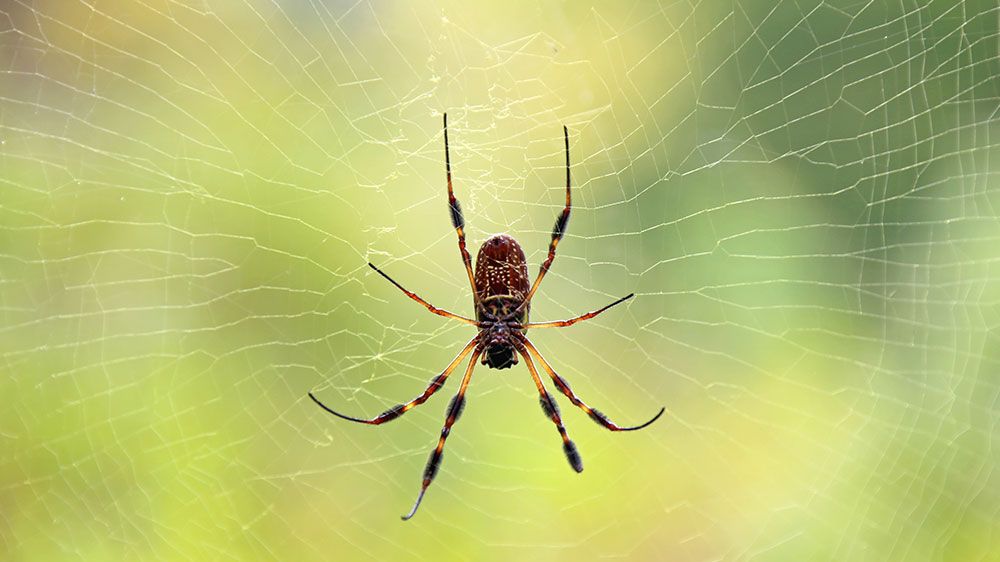
If the mere *thought* of a spider crawling on your skin makes you shiver, same! But if you’re dealing with an actual spider bite, you may start to panic—they can be painful, itchy, and super uncomfortable.
The good news, though, is that “most spider bites are harmless, as the venom is not toxic to people,” says Paru Chaudhari, MD, a dermatologist at North Peak Dermatology and the co-founder of Quitch bug bite stickers. “There are a limited number of spiders in the world with fangs strong enough to pierce human skin, and they usually do not bite unless they are crushed between you and another object." Most people who think a spider bit them were usually bitten by a different insect, she adds.
Okay, but how do you know if your bite is a cause for concern? The pics below (reviewed by experts) will give you an idea of what different types of spider bites look like, what you should do if you spot one on your bod, and when to call a doctor.
Meet the experts:
Paru Chaudhari, MD, is a dermatologist with over a decade of experience. She is a fellow of the American Academy of Dermatology and a member of the Women’s Dermatologic Society. She is also a co-founder of Mor Ventures Inc, which creates science-backed skin care for families.
Justin Arnold, DO, MPH, is the medical director of Florida Poison Information Center Tampa and an associate professor at the University of South Florida.
Rajani Katta, MD, is a board-certified dermatologist who serves as voluntary clinical faculty of both the Baylor College of Medicine and the McGovern Medical School, University of Texas Houston.
Joshua Zeichner, MD, is the director of cosmetic and clinical research and an associate professor of dermatology at Mount Sinai Hospital in New York City.
Rick Vetter, PhD, is a spider expert and staff research associate in the department of entomology at the University of California, Riverside.
David Price is an associate certified entomologist and the director of technical services at Mosquito Joe.

Emilia Benton is a Houston-based freelance writer and editor. In addition to Runner's World, she has contributed health, fitness and wellness content to Women's Health, SELF, Prevention, Healthline, and the Houston Chronicle, among other publications. She is also an 11-time marathoner, a USATF Level 1-certified running coach, and an avid traveler.
Andi Breitowich is a Chicago-based writer and graduate student at Northwestern Medill. She’s a mass consumer of social media and cares about women’s rights, holistic wellness, and non-stigmatizing reproductive care. As a former collegiate pole vaulter, she has a love for all things fitness and is currently obsessed with Peloton Tread workouts and hot yoga.
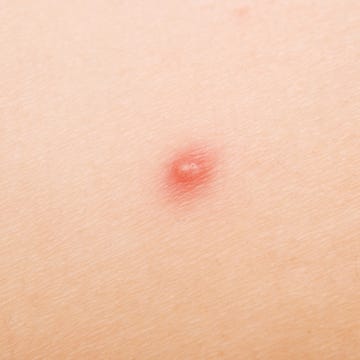
A Short Guide To Six Different Types of Acne
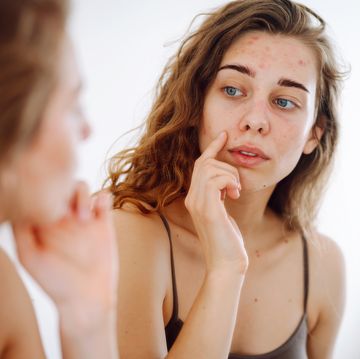
What Is A Retinol Purge? Dermatologists Weigh In

8 Best Microcurrent Devices, Per Dermatologists
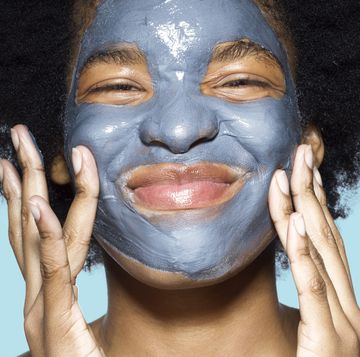
10 Ways To Unclog Your Pores For Good
